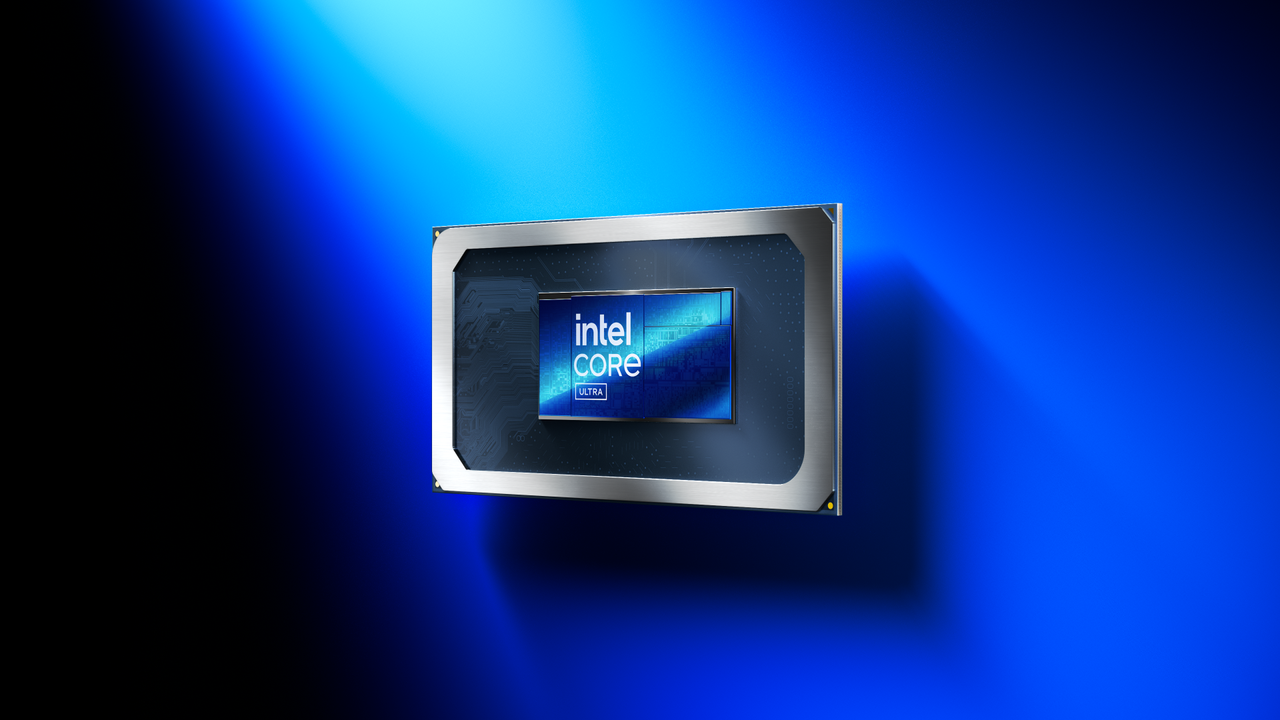
Intel’s lack of a proper answer to AMD’s Strix Halo—and by extension, Apple’s M-series—has left a clear gap in the high-end APU space. The Blue Team hasn’t seriously competed in the graphics-focused mobile market for a while, but that might be about to change. Just yesterday, “Nova Lake-AX” leaked as a potential return to form, marking what could be Intel’s most capable mobile chip to date; just the ace needed to stir up the market again. Now, we have a full spec breakdown, and it paints a very different picture of what’s coming.
The details come courtesy of leaker Raichu in a now-deleted tweet, a reliable name in the Intel rumor mill. According to him, Nova Lake-AX features a massive 28-core CPU layout on a single compute tile, instead of the two we're expecting on the upcoming Nova Lake-S desktop lineup. It's comprised of 8 P-Cores, 16 E-Cores, and 4 LP-Cores, likely based on the rumored Coyote Cove and Arctic Wolf architectures. Similar to Lunar Lake, these cores will lack hyperthreading in order to gain some efficiency. Still, Intel appears to be targeting hybrid compute performance at a scale we haven’t seen from its mobile segment before. Yet, the CPU isn't even the most interesting bit—that designation would go to the GPU.

Nova Lake-AX is rumored to feature 384 Execution Units—equivalent to 48 Xe-Cores, assuming an 8-unit-per-core setup like Xe2—based on Intel’s upcoming Xe3 architecture. That’s more than double the core count of Intel’s own Arc B580 desktop GPU, which has 20. This would mark a massive leap over Meteor Lake and Lunar Lake, and possibly even surpass AMD’s Strix Halo, which peaks at 40 RDNA 3.5 Compute Units. For further context, Apple’s M4 Pro has up to 20 GPU cores, while Lunar Lake tops out at just 64 EUs. If accurate, Nova Lake-AX could offer the highest iGPU compute density ever seen in an x86 chip.
That kind of GPU horsepower demands serious bandwidth, and Intel seems ready. Nova Lake-AX is rumored to support LPDDR5X memory at speeds up to 9,600 MT/s, possibly even 10,667 MT/s, across a wide 256-bit bus. That would both match and exceed AMD’s Strix Halo, which also uses a 256-bit interface but tops out at only 8000 MT/s. Apple’s M-series chips use unified memory up to 8,533 MT/s in the M4 Max, though the narrower bus limits their actual throughput. Nvidia’s upcoming N1 SoC, which also targets the hybrid APU segment with a custom Grace CPU and Blackwell GPU cores, remains largely under wraps, but it will likely feature even faster memory.
All that being said, despite the impressive specs, Nova Lake-AX may never even launch. The tipster Raichu notes that the design is currently “paused,” and earlier leaks suggest it was sidelined internally as Intel restructured its client roadmap. This makes it unclear whether the project will be revived or permanently scrapped. Even so, the fact that such a spec sheet exists—and was developed far enough to leak—shows Intel was seriously exploring a high-performance APU to rival AMD’s and Apple’s best.
That’s important because the market is shifting. AMD has significantly upped its game and dominates the high-end APU space with Strix Halo, at least on the Windows side. Apple’s M-series SoCs continue to lead on performance-per-watt and have become increasingly competitive in raw power. Even Nvidia will soon be gunning for the same territory. If Intel wants to remain relevant in this segment, a chip like Nova Lake-AX—whether it launches or not—might need to go from rumor to roadmap again.
Follow Tom's Hardware on Google News to get our up-to-date news, analysis, and reviews in your feeds. Make sure to click the Follow button.







